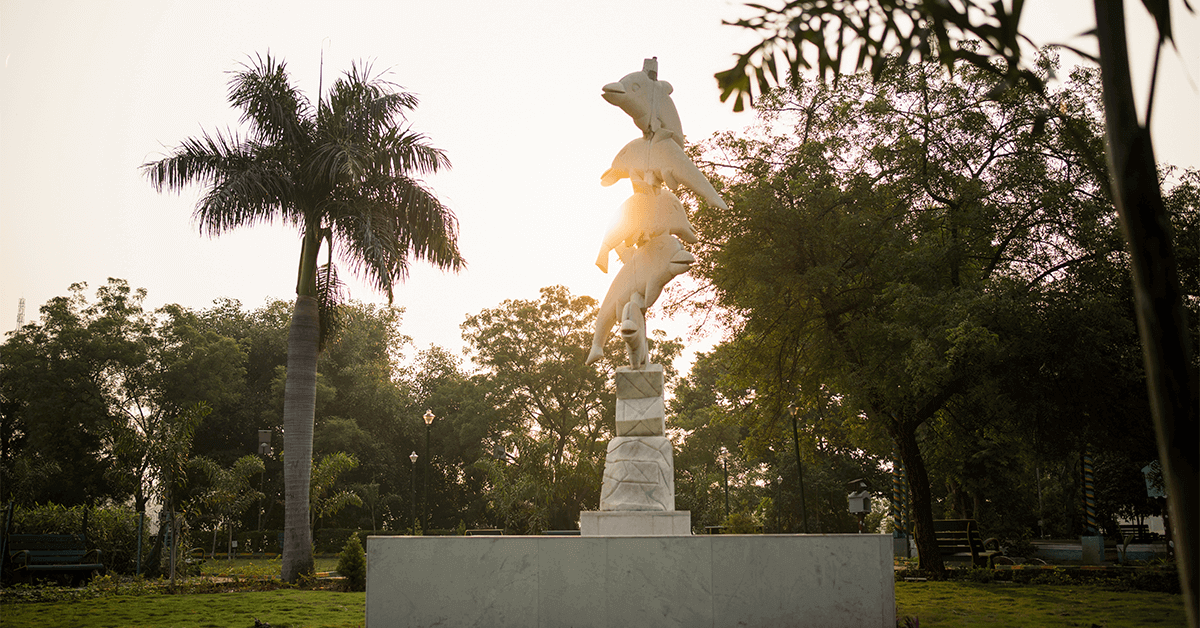The Historical Significance of SB Lake in Kalaburagi
SB Lake, or Sharanabasaveshwara Lake, holds a unique place in the heart of Kalaburagi, a city known for its rich historical and cultural heritage. This article explores the historical significance of SB Lake, delving into its origins, its role in the region's cultural and ecological fabric, and its journey through time. Whether you're a history enthusiast, a nature lover, or someone curious about Kalaburagi's landmarks, this comprehensive guide will provide valuable insights into why SB Lake remains an integral part of the city's identity.
History of SB Lake
Origins and Early Development
SB Lake's history can be traced back to the early centuries when it was established as a crucial water reservoir. The lake's creation was driven by the need for a reliable water source to support the growing population of Kalaburagi. Over time, SB Lake became more than just a functional body of water; it evolved into a symbol of prosperity and resilience for the people of the region.
Historical Role in the Region
Throughout the centuries, SB Lake played a pivotal role in the daily lives of Kalaburagi's residents. It provided water for irrigation, supported local agriculture, and became a gathering place for social and religious activities. The lake's presence helped sustain the city's economy and contributed to its development.
Cultural and Ecological Significance of SB Lake
- Local Legends and Myths: SB Lake is linked to local legends, including one that says the lake was blessed by a saint, ensuring its waters never dry up, making it a sacred site.
- Importance in Festivals and Rituals: The lake is a key location for religious festivals and rituals in Kalaburagi, where devotees gather to perform spiritual activities, highlighting its cultural importance.
- Flora and Fauna: SB Lake is home to diverse species of fish, birds, and plants, contributing to the region's biodiversity and supporting endangered species.
- Role in Local Climate Regulation: The lake helps regulate the local climate by maintaining humidity, cooling the area, and reducing urban heat, making it vital for ecological balance.
The Architectural Marvel of SB Lake
Design and Engineering
- The design and engineering of SB Lake are remarkable, especially considering the period in which it was constructed. The lake's embankments and water management systems were designed with precision to ensure optimal water retention and distribution. The architectural techniques used in its construction reflect the ingenuity of the builders and their deep understanding of the local environment.
Construction Techniques Used
- The construction of SB Lake involved innovative techniques that were ahead of their time. The builders used locally available materials, such as stone and clay, to create a robust and durable structure. The lake's design also incorporated features to prevent soil erosion and manage water flow, showcasing the advanced engineering knowledge of the era.
Tourist Attraction and Educational Resource
- Today, SB Lake is a popular tourist attraction, drawing visitors from all over the region. Several spots around the lake offer stunning views, including a well-maintained promenade, scenic picnic areas, and historical monuments. The lake also offers numerous educational opportunities, particularly for students studying history, ecology, and engineering. It serves as a living classroom where students can observe and learn about historical construction techniques, ecological systems, and water management practices.
Challenges and Conservation Efforts
- Despite its significance, SB Lake faces several challenges. Pollution from nearby industrial activities, improper waste disposal, and urban development threaten the lake's health. To combat these challenges, various government initiatives have been launched, including stricter regulations on pollution, the creation of buffer zones, and water conservation projects. Community involvement has also played a key role, with local residents, NGOs, and environmental groups raising awareness and participating in conservation efforts.

Enquiry